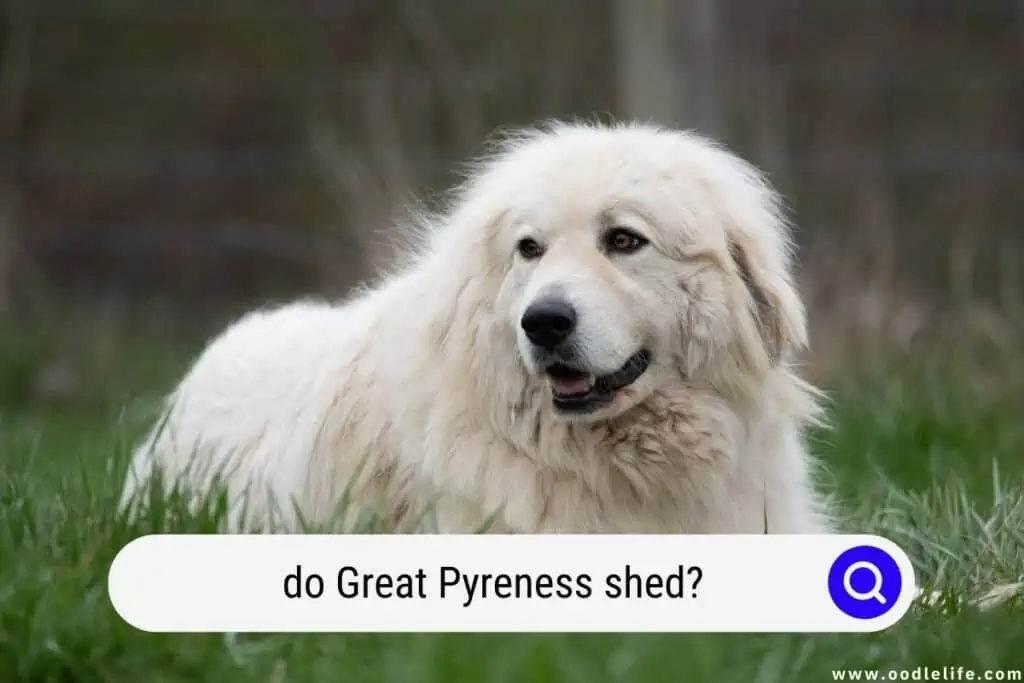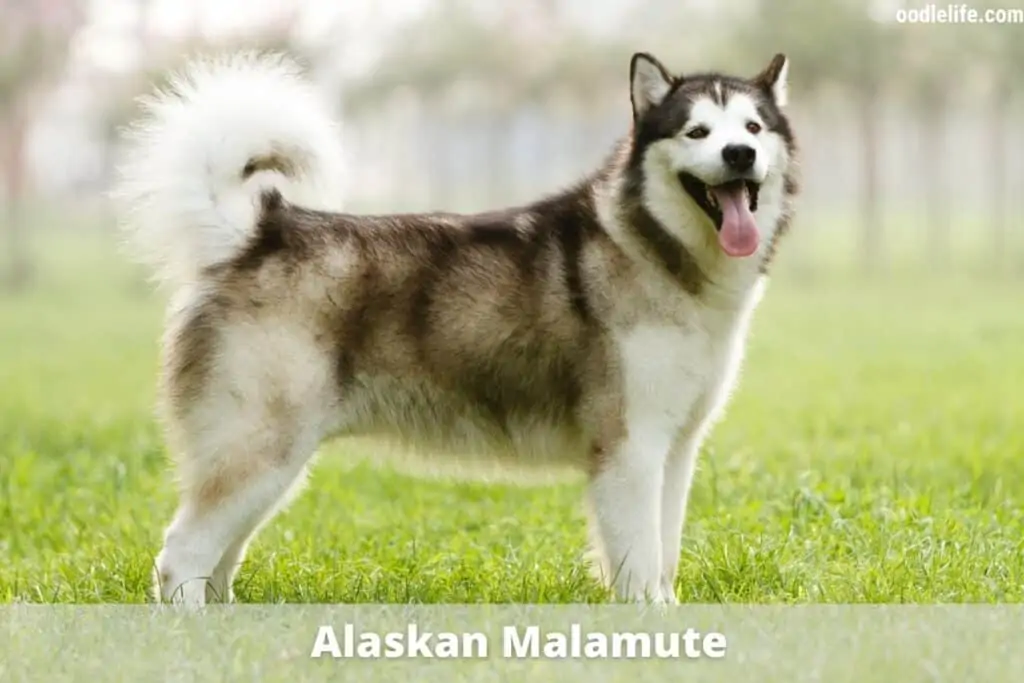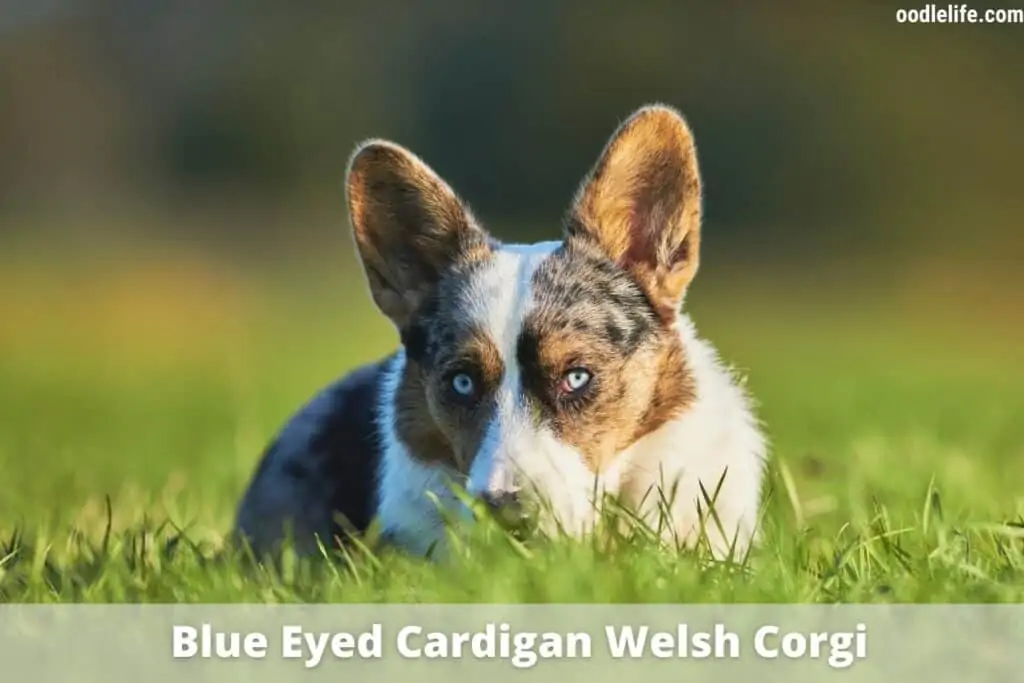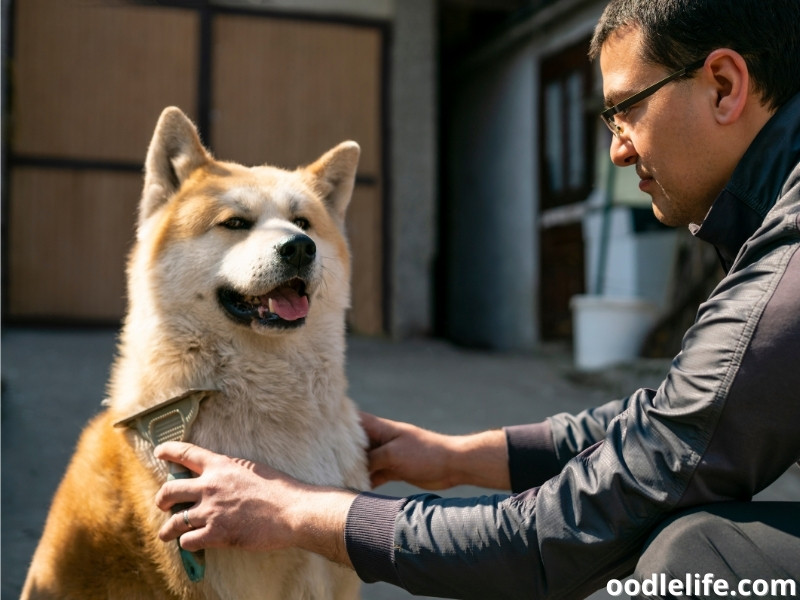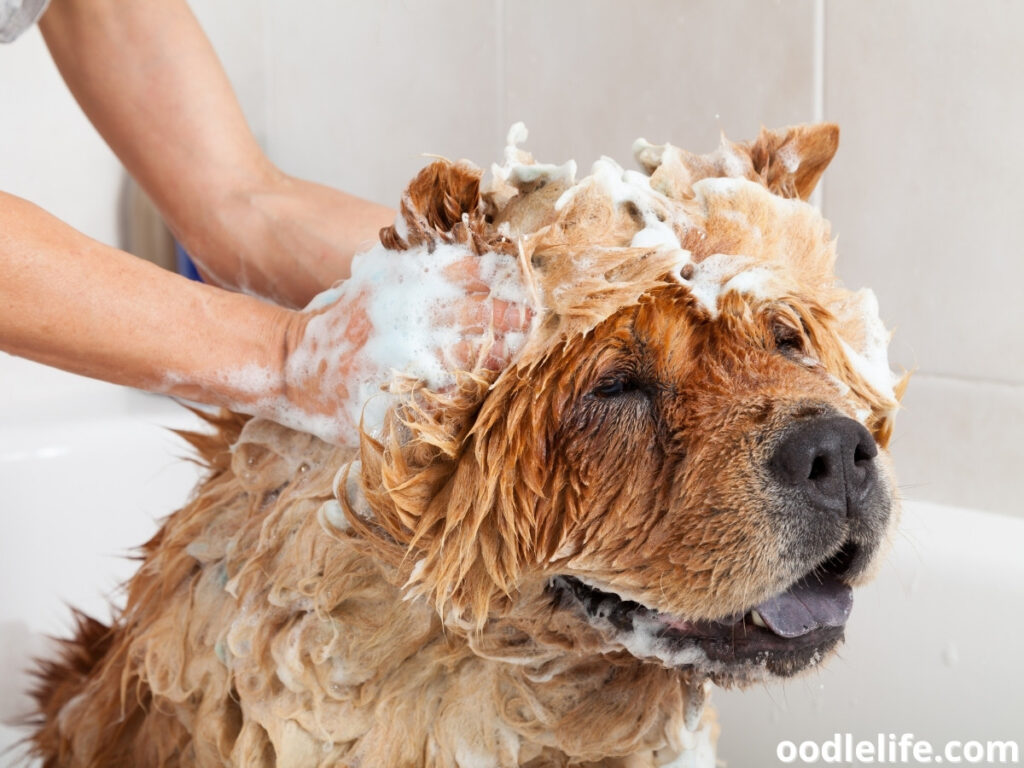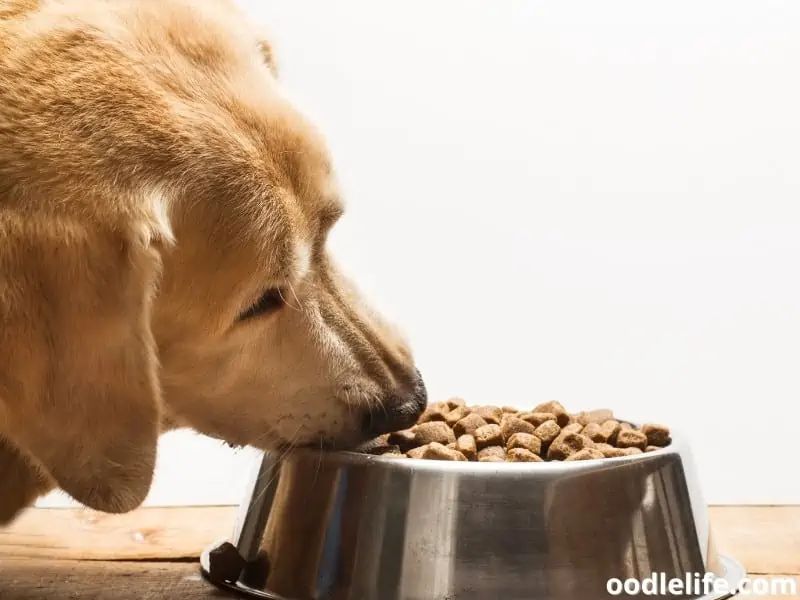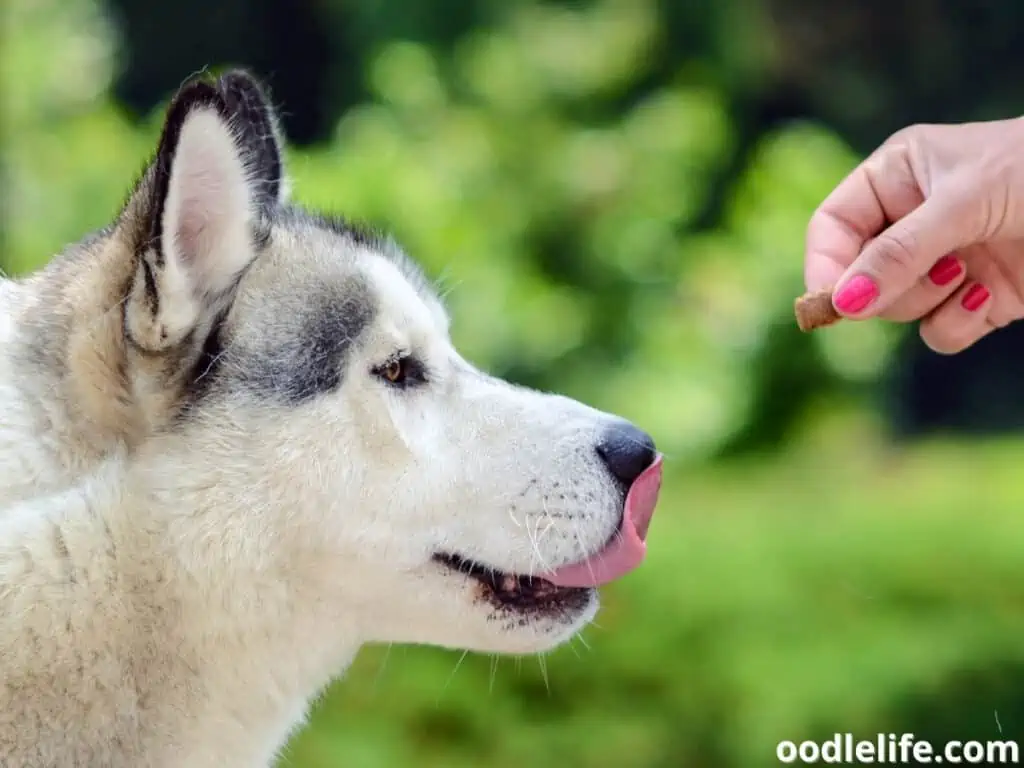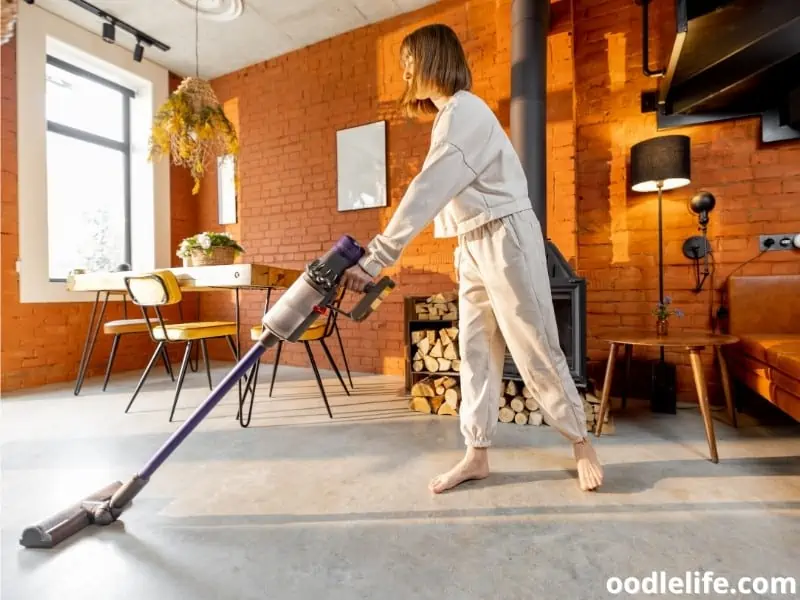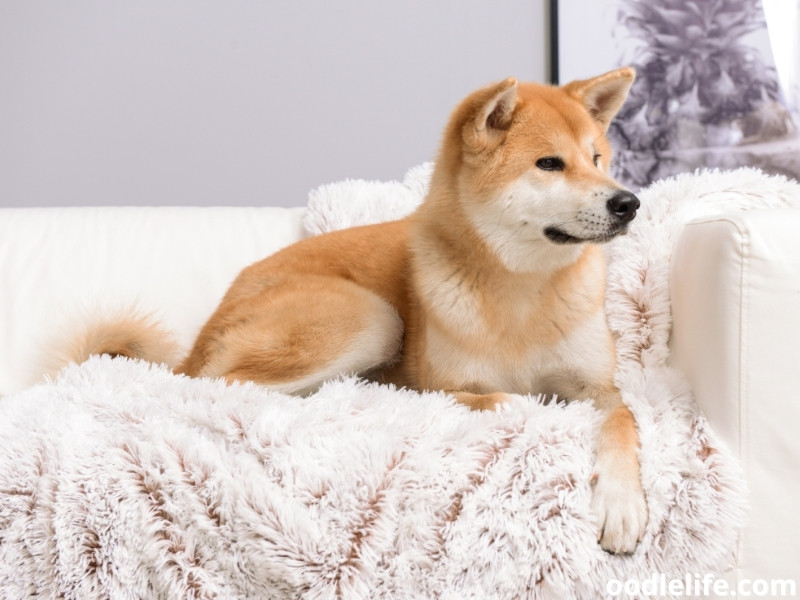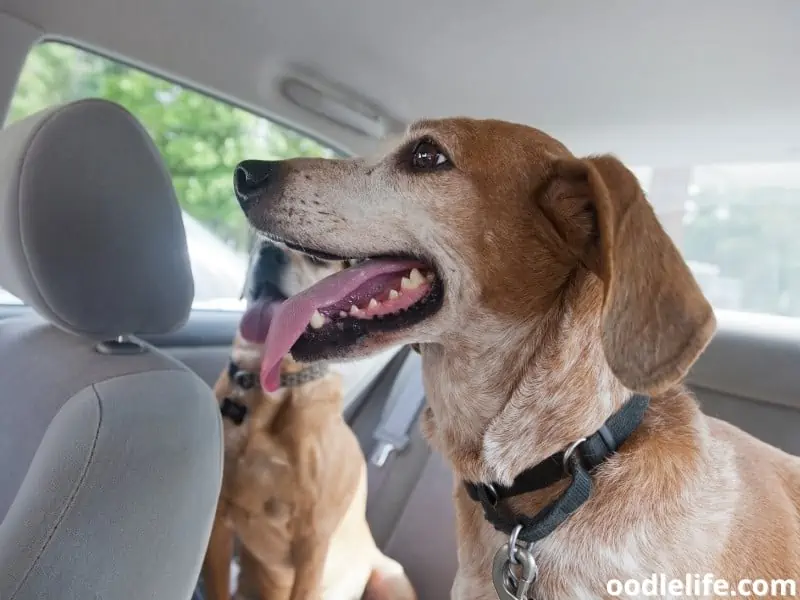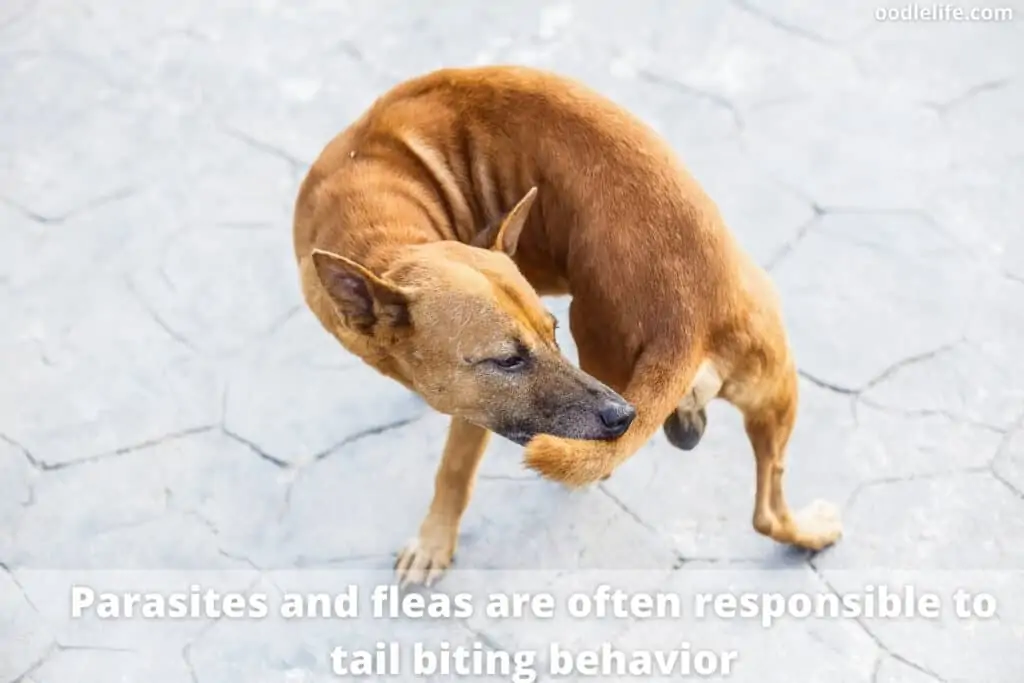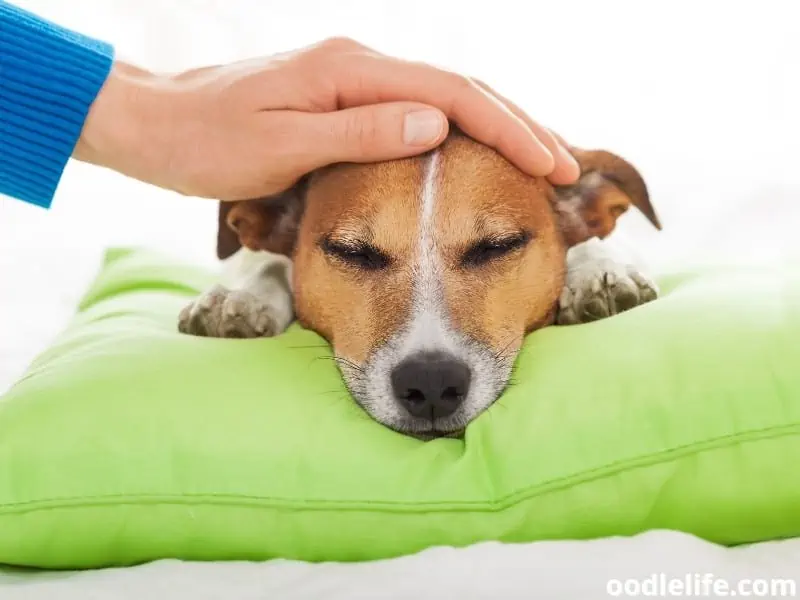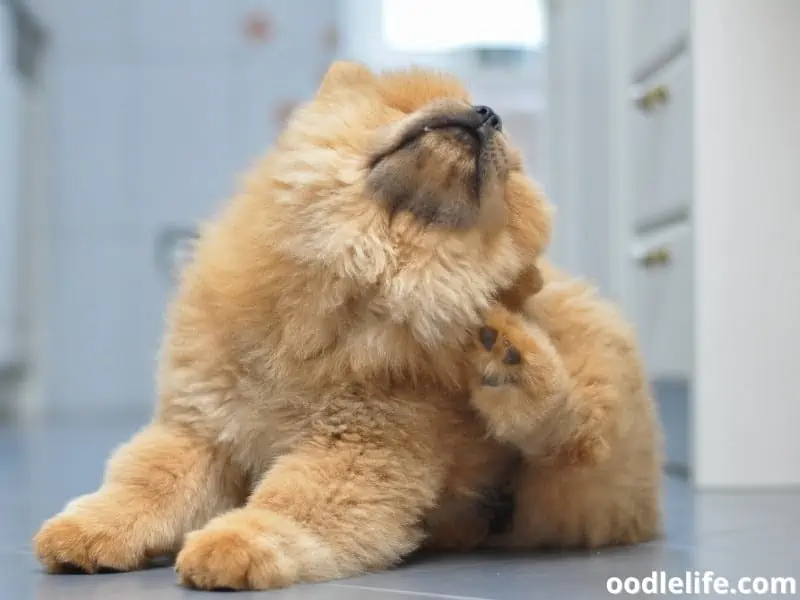11 Dogs that Shed the MOST (+ Photos)
When getting a pet dog, there are many things to consider, and how much a dog sheds is one of them. And while a dog’s coat is essential for temperature regulation, shedding can become a big nuisance for people with allergies.
If you want a furry friend minus the shedding, here are 11 breeds you might want to keep away from.
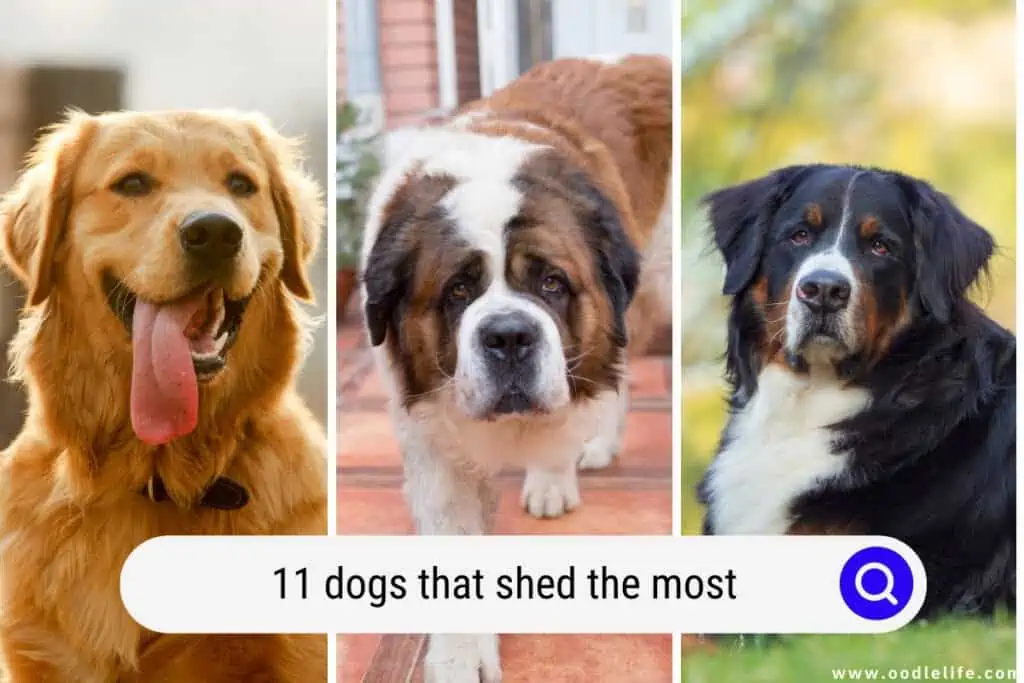
Read on to find out all about the dogs that shed the most.
1. Golden Retriever
The Golden Retriever’s golden coat makes it stand out from other breeds. However, the lustrous mane can be a lot of hard work. Along with being one of the most popular dogs, Golden Retrievers are also one of the highest shedding dogs.
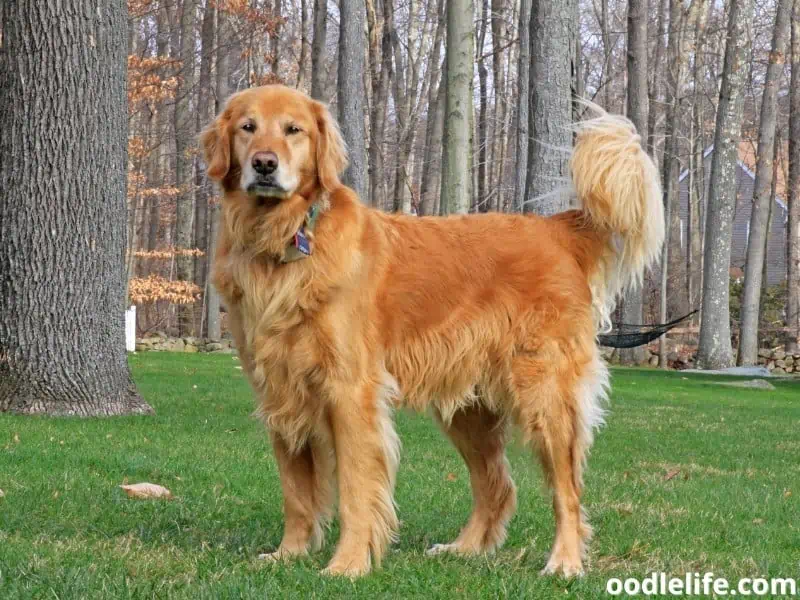
Golden Retrievers belong to the working dog breed and, like all working dogs, they also have a coat for protection against harsh climates. They have a double coat of hair—a furry overcoat and a plush undercoat. Together, they make a fantastic jacket.
However, it is the undercoat that makes the mess.
The Golden Retriever sheds moderately throughout the year, and excessively twice a year during the shedding season—spring and fall. Also, the light-colored coat is thick and sheds more compared to the redder coats.
2. Chow Chow
It is no surprise that this furry little lion sheds a lot. Their heavy coat of hair around the head is lovely, but it is also a handful when it comes to cleaning.
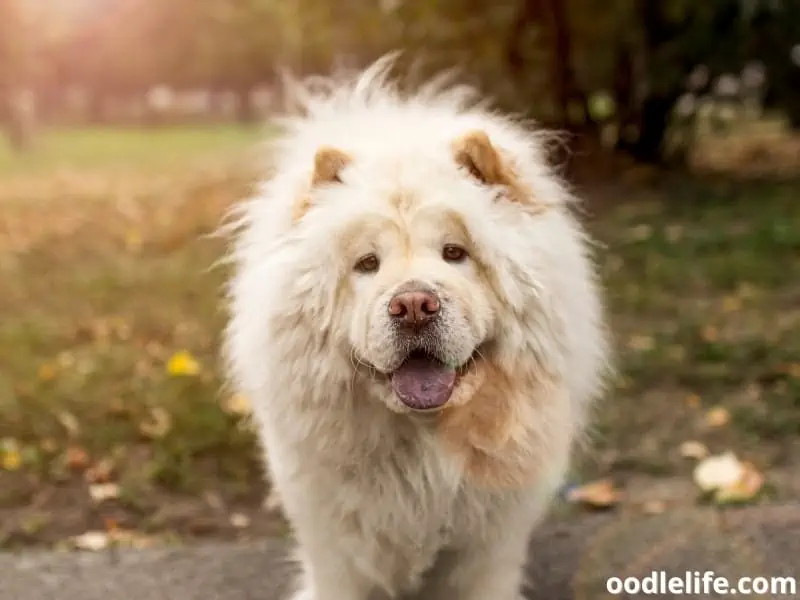
Originating in China and bred as guard dogs, Chow Chows are independent dogs that will not be your best cuddle buddies.
Chow Chows have a double coat of hair that is very dense, and it can be either rough or smooth, but it is mostly coarse on top and silky underneath. The coat is very thick in the neck area, making it appear like a lion’s mane. The tail is also thickly furred.
Chow Chows shed moderately throughout the year and heavily during the shedding season. Brushing will help loosen hair from the coat, and you will have less mess around the house. Brushing thrice a week will help keep the coat in good condition.
3. Saint Bernard
The gentle giants are not just droolers, they are shedders as well, but they make up for it with the cuddling. Apart from the regular shedding, Saint Bernards shed heavily during the shedding season.
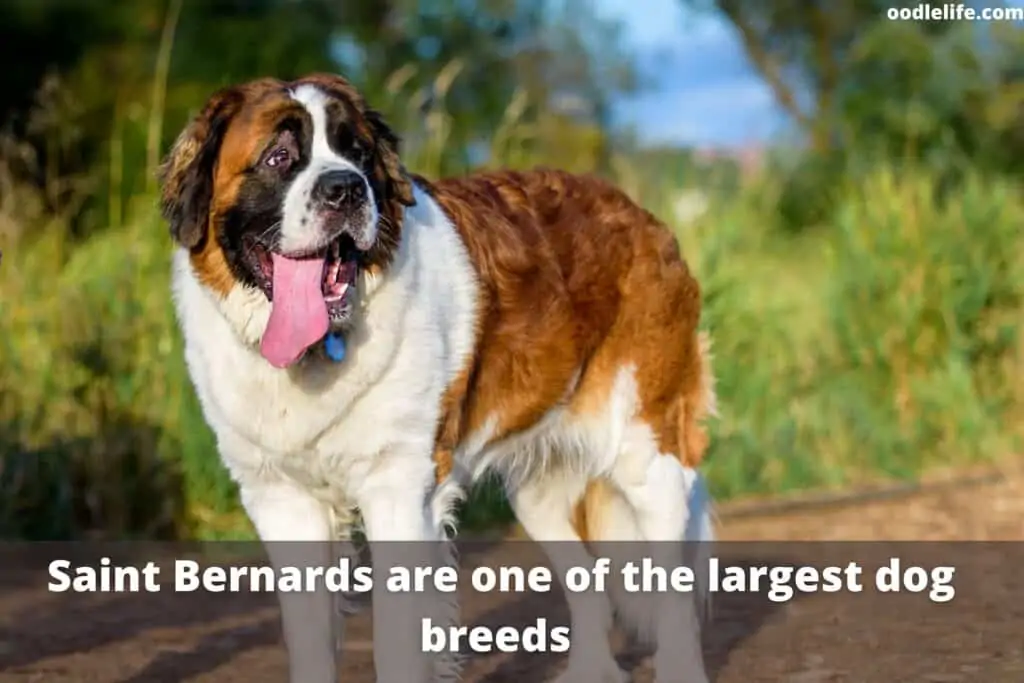
They have a double coat, which can be either long or short-haired. The short-haired coat is smooth but dense, and the long-haired coat is wavy. And although the short-haired coat sheds comparatively less, it is still a heavy shedder.
Saint Bernards must be brushed thrice a week. If not, the coat will become unruly and messy, and dog hair will be all over the house. Use a rubber brush or glove for short-haired Saint Bernards and a pin brush for long-haired Saint Bernards.
4. Labrador Retriever
It is easy to be charmed by the good looks of the Labrador; however, it is a heavy shedder, and you need to keep that in mind when adopting one. The most loved breed has a beautiful coat with two layers—a top coat that is thick and straight and an undercoat that is soft and weather resistant. This surprises many owners, as a Labrador’s coat is short, and it is tough to distinguish between the layers.
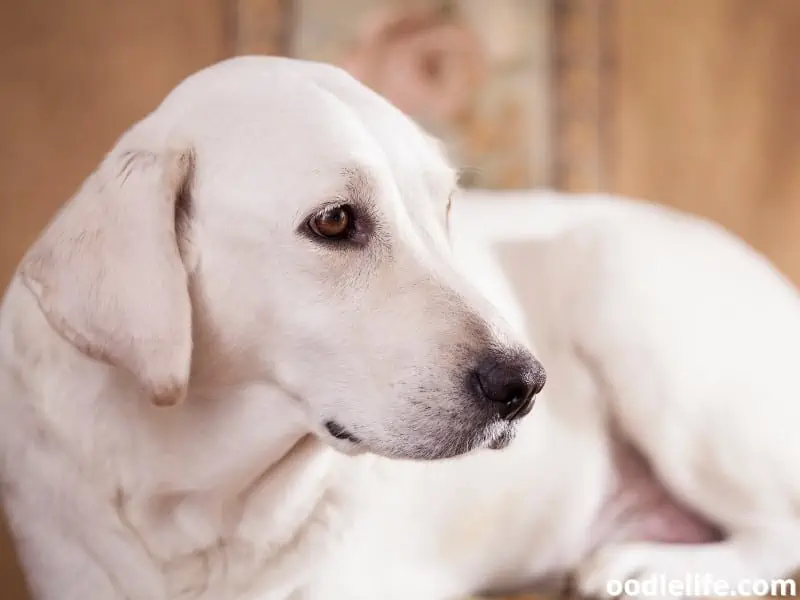
As the Labrador is a water retriever, the coat functions to provide warmth and dryness. They shed the coat throughout the year and more during the shedding seasons. However, it is one of the easiest-to-maintain coats.
Brush the coat daily to loosen any tangled hair and reduce the amount of hair around the house.
5. Bernese Mountain Dog
The breed is loved for its beautiful tricolor coat; however, the same coat becomes the reason for fur floating around the house. Their thick coat was necessary for survival in the harsh climates of the mountains of Switzerland, where they served as herders.
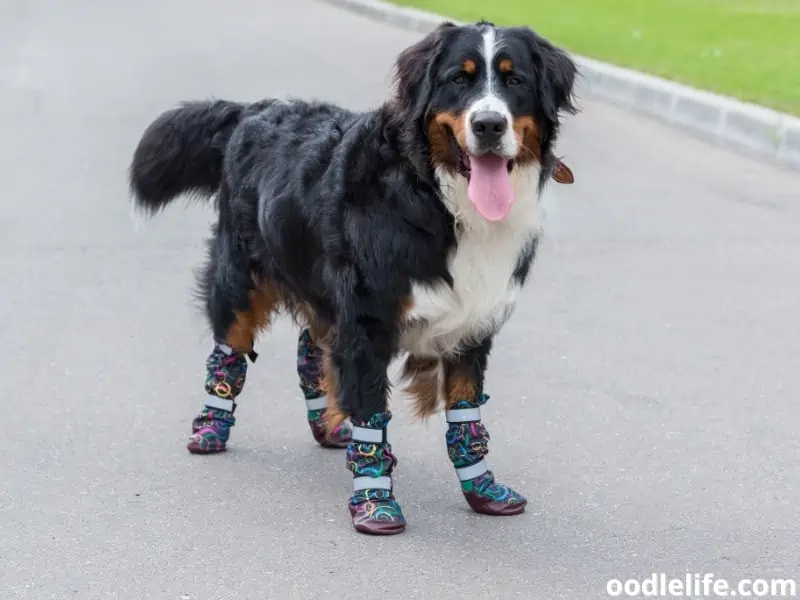
The Bernese Mountain Dog has a double coat—a wooly undercoat and a long outer coat. They shed throughout the year, and the shedding worsens during the shedding season. Brushing 4 to 5 times a week will help keep the coat clean and tangle-free and reduce the mess around the house.
6. Siberian Husky
The beautiful dog has wolf-like facial features, striking eye colors, and a thick furry coat that adds arctic appeal to the breed.
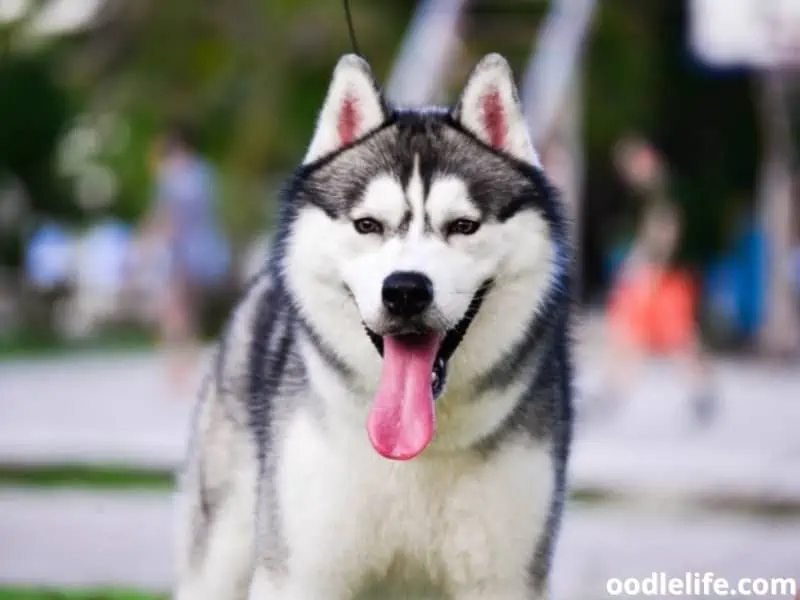
The Siberian Husky originated in the cold regions of Siberia, and so, it is no surprise that the dog has such a thick double coat. The coat is made of medium-length hair, with a dense and soft undercoat and a straight topcoat.
It sheds its coat year long as well as during the shedding season. However, Siberian Huskies living in colder regions tend to shed less. So, with a Siberian Husky, you can expect a lot of hair; however, the animal is easy to care for.
It sheds moderately all around the year, and weekly brushing will suffice to keep the coat healthy and tangle-free and your home free from dog hair. During the shedding season, you need to brush its coat daily.
7. Akita
The big beautiful dog is a native of Japan and has a lustrous coat suitable for the mountains it came from. The intimidating dog was bred for protecting nobility and royalty in Japan; and was also used for hunting.
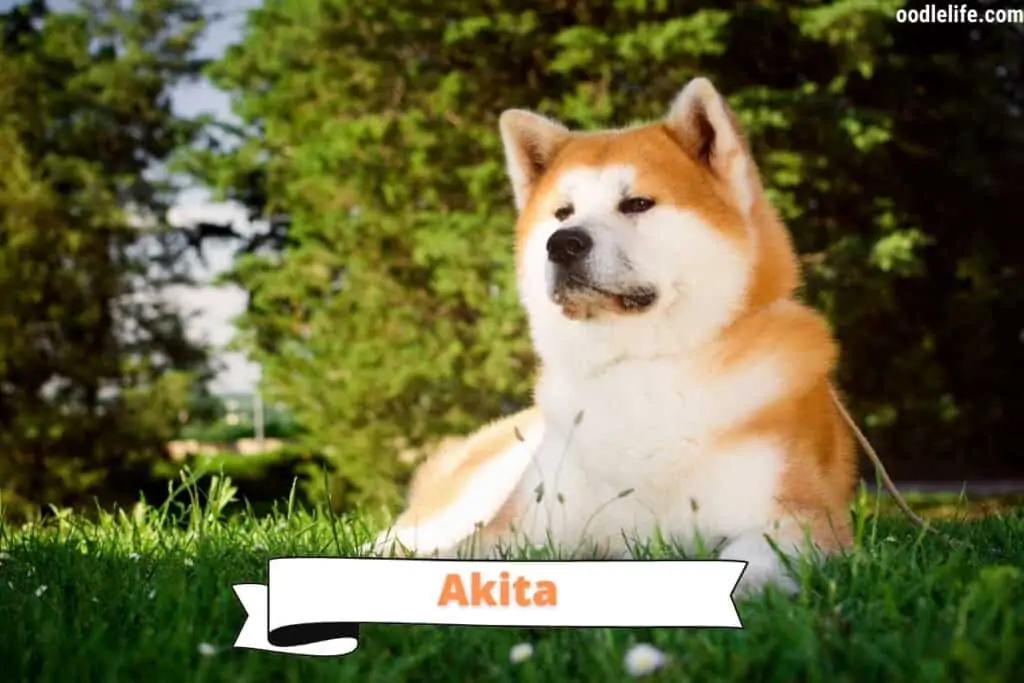
The fearless guardians have beautiful faces and even more beautiful coats. The coat may be white, red, brown, black, and it comes in various other colors. Also, the coat has a double layer, and the two layers can have very different colors.
The top coat is short, while the undercoat is plush and dense.
The animal sheds throughout the year and sheds excessively during the shedding seasons. If you want to own an Akita, be prepared for a weekly brushing during the off-season and 3 to 4 times per week during seasonal shedding.
8. German Shepherd
The intelligent working dog is lovely, loyal, and beautiful. Originally bred to herd flocks, German Shepherds have a dense coat that protects them from harsh climates. Their coat protects them from rain and snow and resists dirt and debris.
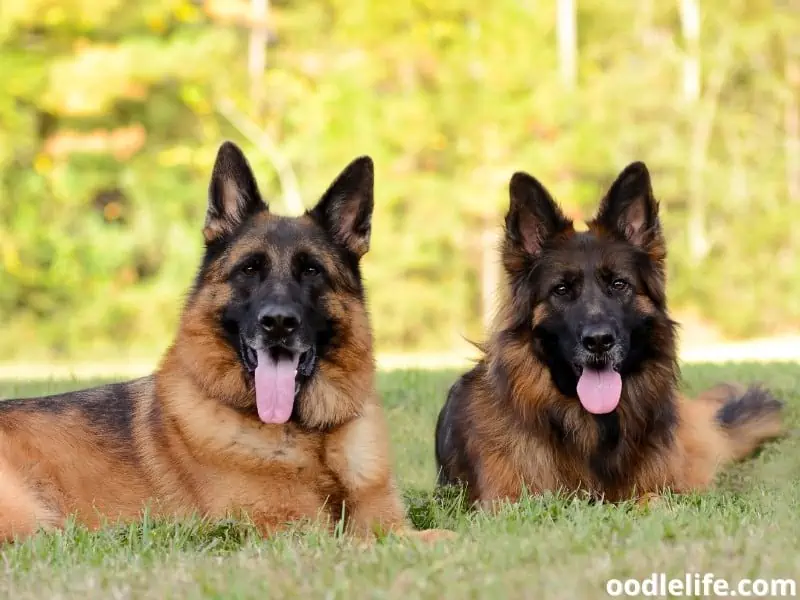
The coat is usually medium length, but there are long-haired German Shepherds as well. It has a double coat—a rough topcoat and a soft undercoat.
They 9. Great Pyrenees
Recognized for its beautiful white and furry coats, the Great Pyrenees is a beautiful dog breed bred as a protector. They originated from the Pyrenees mountains of Spain and France and have a dense coat meant for weather protection. However, their cuddly teddy bear appearance comes at a price—shedding. They shed their coats according to the climate. The Great Pyrenees living in colder regions are average shedders, but Great Pyrenees living in moderate to hot climates are heavy shedders. They have a double coat—-a coarse-textured topcoat that is long and thick and a dense and wooly undercoat. The top coat may be straight or wavy but is never curly. Like other shedders, Great Pyrenees also shed throughout the year and during the shedding season. However, their coat is very easy to maintain; 30 minutes of brushing per week is enough to keep hair out of your home. The Alaskan Malamute, too, was bred to withstand cold climates. It had to haul heavy loads in the chilly lands of Alaska. The large dog is built to work and can become a handful for first-time owners. Like most dog breeds from colder environments, the Alaskan Malamute has a double coat. The overcoat, also known as the guard coat, is coarse and thick and is not long or soft. The undercoat is 2 inches thick; it is wooly and oily as it repels cold and water. They shed throughout the year. Also, during the shedding seasons, they shed their coat in large clumps. Vacuum cleaning is a must when you have an Alaskan Malamute. You’ll need to brush it three times a week to keep the coat clean and distribute the skin oils. One of the most popular and loved breeds, Cardigan Welsh Corgis are distinguished by their long tails that look like Cardigan sleeves. They have a double coat—a thick overcoat and a short undercoat. They shed their coats heavily throughout the year and twice a year during the shedding seasons. The coat comes in various colors and usually has white markings on the chest, legs, muzzle, and other places. You’ll need to brush the coat daily to remove excess hair during the shedding season. Also, warm baths help reduce the amount of hair in your home. Grooming and coat maintenance can help reduce shedding and the amount of hair floating around your house. Here are some tips to help: Brush your dog’s coat daily. It will help loosen the clumps, and you will have less hair around the house. If daily brushing is not possible, then brushing it a minimum of 2 times per week is a must. Regular bathing with a rich shampoo will help keep your dog’s skin healthy. Healthy, well-moisturized skin is less likely to have loose hair to shed. A diet rich in proteins and fatty acids will keep the dog’s coat healthy and strong. This will reduce any excessive shedding. If you think your dog is not getting enough nutrients and vitamins, you can give him supplements. Fish oil supplements come in liquid and pill form and contain all the necessary supplements. Shedding is a part of owning a dog that is never going to stop. To avoid having dog hair everywhere, regularly vacuum your home. Vacuuming can get the hair out of hard-to-get places. Cover your sofas and chairs with washable covers so it is easy to get rid of the hair. Apart from the usual and seasonal shedding, sometimes, excessive shedding may be due to something more serious. Some shedding triggers are listed below: Just as humans experience excessive hair fall when stressed, the same applies to dogs as well. Dogs are very much in tune with their owners and pick up even the slightest change in feelings or behavior. So, if there has been a major change in the household, like moving houses or a relationship breakdown, the dog will pick up the anxiety of its owner and get stressed. Consult your vet if you think your dog is shedding excessively due to stress. Parasites affect the overall health of the dog and can trigger shedding. They can be intestinal or skin parasites like fleas, mites, and lice. The dog may also have skin conditions like fungal infections, ringworm, and rashes, which may cause bald patches and shedding. A dog’s skin and coat reflect its overall health and well-being. You may also find that your dog sheds excessively if it has a long-term chronic condition or a short-term illness. Allergies can also cause shedding. Certain dog foods, grooming supplies, household cleaners, and medications can trigger an allergic reaction. When considering a dog breed for adoption, you will need to take into account many factors. Shedding is one of them. Shedding dogs are not for pet parents who lead busy lives, as they have regular grooming needs, ignoring which can be hazardous to the animal and a nuisance for the owner. If you think a high-shedding dog is not the right fit for you, stay away from the 11 breeds of dogs that shed the most. 10. Alaskan Malamute
11. Cardigan Welsh Corgi
Tips To Keep Shedding Under Control
Daily Brushing
Bath Your Dog
Feed Your Dog A High-Quality Diet
Supplements
Vacuum Your House
Cover Your Furniture
Shedding Triggers
Stress
Parasites
Illness
Allergy
Conclusion
